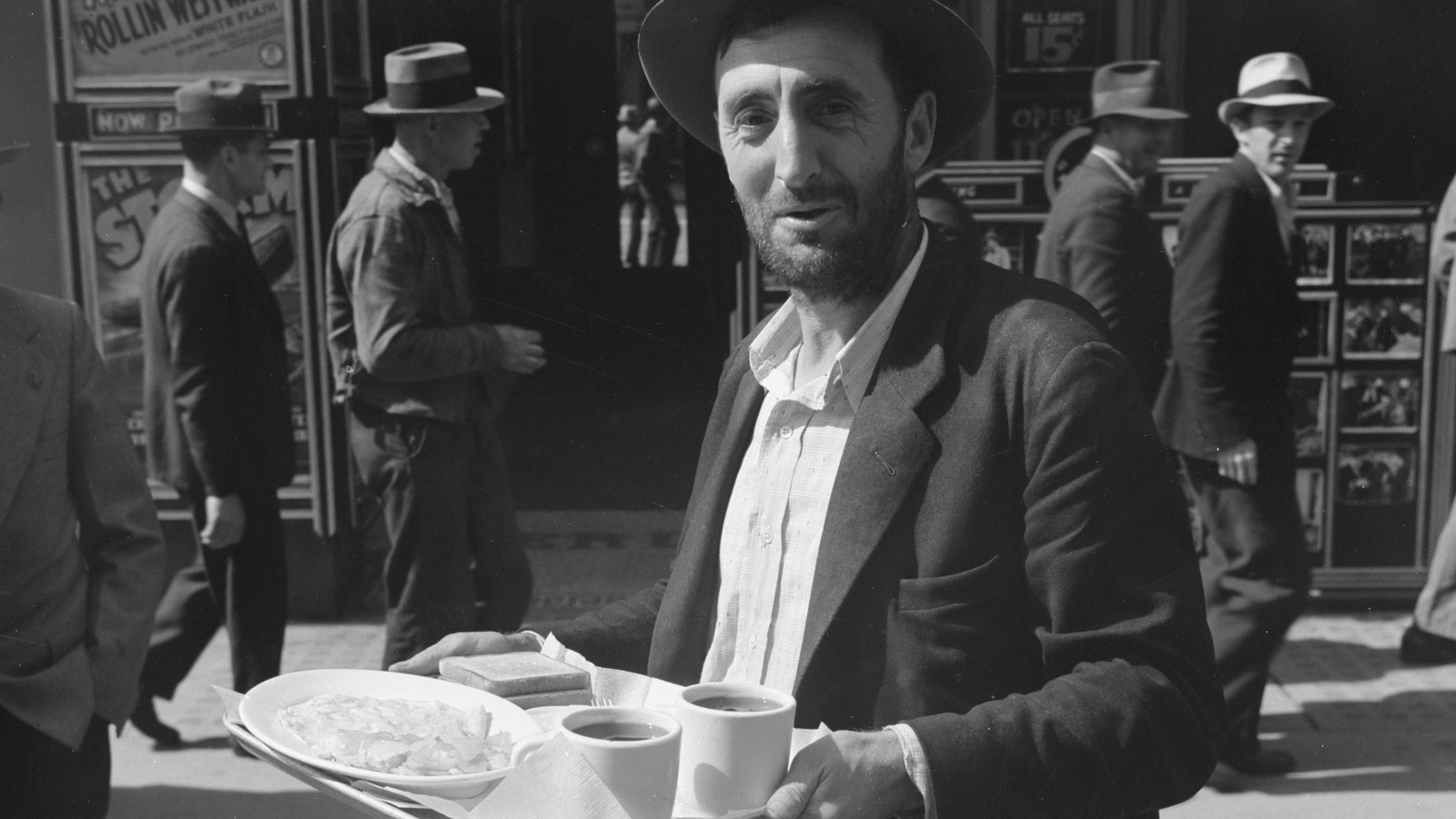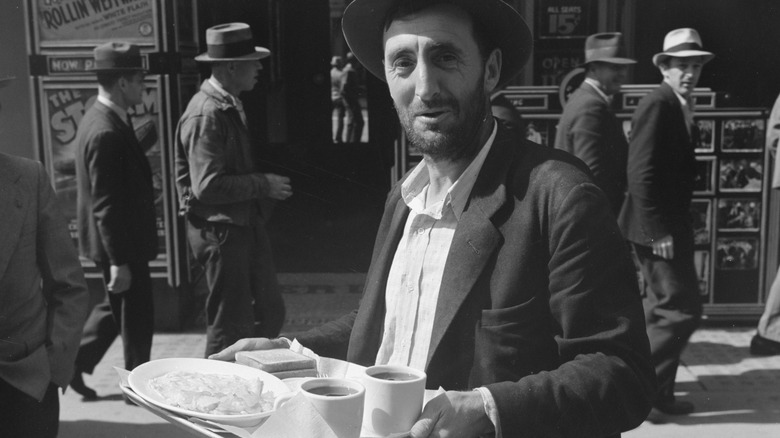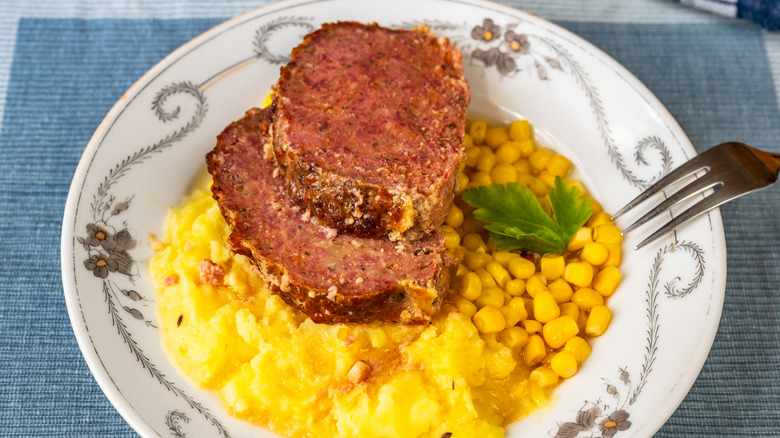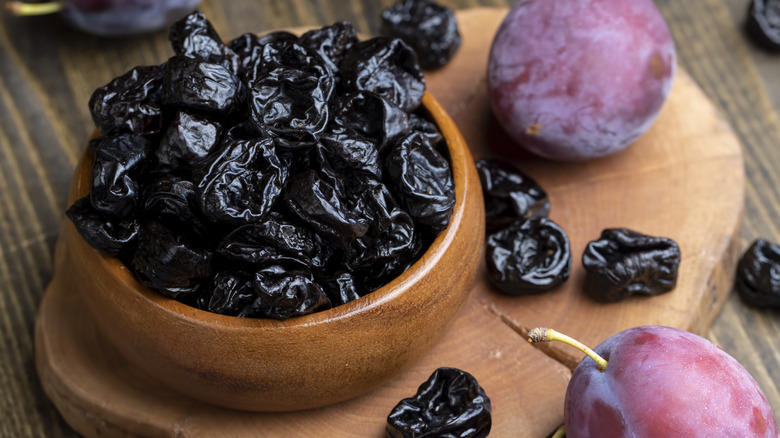
Depression-Era Foods That Are Incredibly Nutrient Dense – Health Digest
For about a decade, the Great Depression drastically changed life not just for Americans but for the entire world. The stock market took a tumble, unemployment surged, economies crashed, and families were driven to hunger and poverty. As a result, people had to forgo fresh — and suddenly expensive — ingredients in favor of whatever was available.
Pinto beans were a popular food during this period because they were relatively inexpensive, could last long, and — most importantly — worked well in recipes that could be stretched for days. Despite being a last resort of sorts, they’re far from junk food. A 100-gram serving of canned pinto beans clocks in at around 114 to 117 calories, and yields 7.09 grams of dietary fiber, as well as 6.69 grams of protein and 19.6 grams of carbohydrates. It’s also a decent source of potassium (210 milligrams), phosphorus (83 milligrams), magnesium (27.5 milligrams), and calcium (55 milligrams). The same size serving of pinto beans cooked and boiled with salt has 143 calories, and provides 9 grams of fiber, 9.01 grams of protein, 26.2 grams of carbohydrates, 436 milligrams of potassium, 147 milligrams of phosphorus, 50 milligrams of magnesium, and 46 milligrams of calcium.
Plus, pinto beans are unique in that they can lower your blood pressure and keep you full: The former is largely due to their potassium and magnesium content, while the latter is the result of their abundant protein and fiber.
Meatloaf is packed with protein, while prunes are super high in fiber
Two other Depression-era staples — meatloaf and prunes — pack a similarly nutritious punch. For every 100-gram serving of meatloaf, you’ll get 212 calories and an impressive 14 grams of protein. It’s low on carbohydrates (3.5 grams) and provides enough iron to meet 5% of your recommended intake (0.96 milligrams). You may want to think twice before getting a second serving, though: 100 grams of meatloaf will also give you 345 milligrams of sodium (approximately 15% of the amount you should be consuming in a day), as well as 16 grams of fat. (Read about the real reason you should avoid meatloaf at restaurants.)
Meanwhile, much like beans, prunes can help you meet your fiber needs. One serving (about five pieces) contains just 104 calories while providing 3 grams of fiber, 28 grams of carbohydrates, and 1 gram of protein. According to WebMD, you can count on prunes to provide a decent amount of vitamins A, B6, C, and K, as well as copper, iron, and manganese. Just be sure to eat prunes in moderation, because the same serving size comes with 17 grams of sugar, which is almost half the amount a man should consume in a day (36 grams), and more than two-thirds of the daily recommended limit for women (25 grams).
(Find out what happens to your body when you eat prunes.)
Preparing pinto beans, meatloaf, and prunes in the Great Depression
Nowadays, the aforementioned Depression-era staples remain present in many households, and not just because they’re the only financially viable food options. But it’s fascinating to note how they were prepared during the 1930s — recipes that you can easily replicate in your kitchen today.
Take pinto beans, for example. One popular way to make pinto beans go further was to use them to stretch another valuable food resource: beef. Variations of beef and beans exist, but the basic principle is to mix beans with a small amount of beef, diced tomatoes, onions, salt, pepper, and whatever other ingredients and condiments you have on hand.
Meatloaf is another classic. You can easily buy canned meatloaf now, but during the Great Depression, people made it to extend their ground beef; all they had to do was add some milk, a few bread slices, and some seasoning before baking the mixture into a loaf.
Then there were prunes. It’s impossible to think of them and the Great Depression without remembering Eleanor Roosevelt’s prune pudding, a filling treat that only requires a dash of sugar, some cinnamon, and a bit of cornstarch to make.





